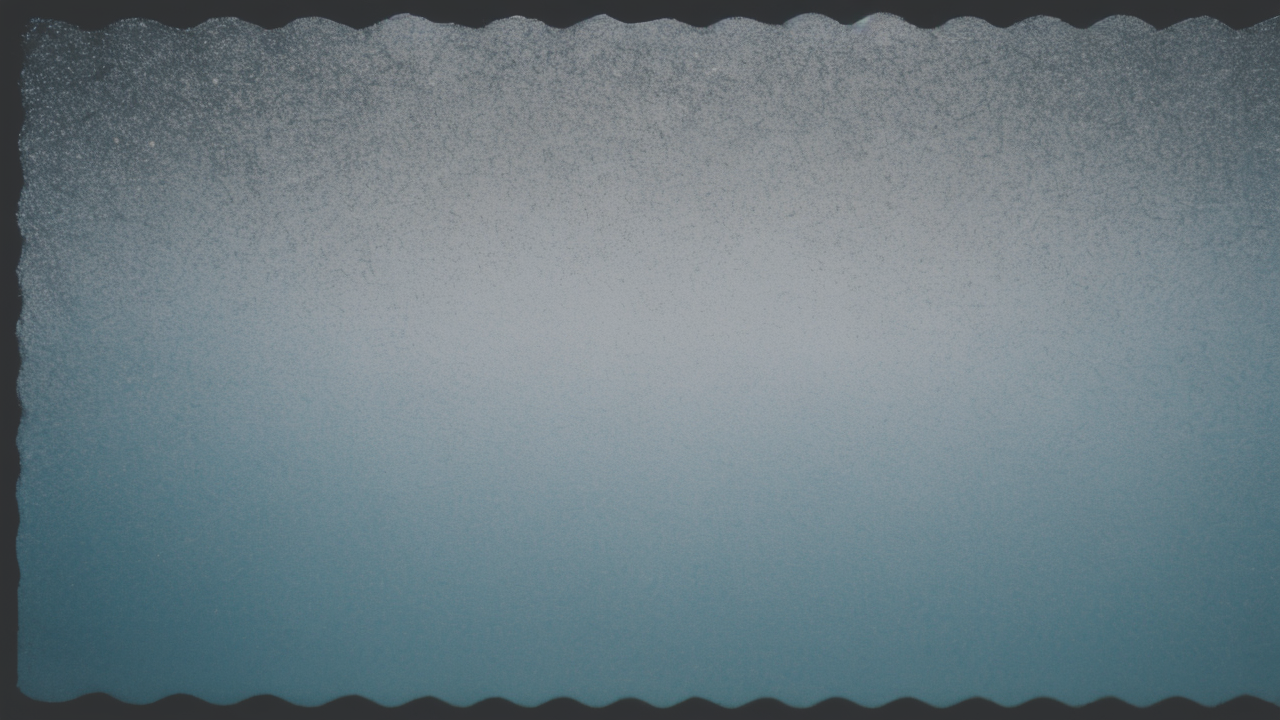
The Art of Minimalist Drawings: Creating Impact with Less
Understanding the Power of Minimalism in Art
The Philosophy Behind Minimalist Art
Minimalist art is about stripping away excess to reveal the essence. It's a powerful approach that focuses on simplicity and clarity. The philosophy stems from the idea that less is more. Artists use minimal elements to create maximum impact. This style emerged in the 1960s as a reaction to abstract expressionism. It emphasizes clean lines, basic shapes, and limited color palettes. Minimalist artists believe in the power of negative space. They use it to draw attention to the most important elements. The goal is to create art that is both visually striking and thought-provoking. By removing distractions, minimalist art invites viewers to focus on what's truly important.

How Minimalism Can Enhance Visual Appeal
Minimalism can greatly boost visual appeal in art. It creates a sense of calm and order. This style allows the viewer's eye to rest and focus. By using fewer elements, each component becomes more significant. This approach can make a strong statement with just a few well-chosen details. Minimalist art often uses bold contrasts to create visual interest. It might pair a single vibrant color with a neutral background. Or it could use stark black and white for dramatic effect. The simplicity of minimalist designs can make them more memorable. They're often easier to understand and appreciate at first glance. This style can also create a sense of elegance and sophistication in artwork.
Texture Painting as a Minimalist Tool
The Role of Texture in Minimalist Design
Texture plays a crucial role in minimalist design, adding depth and interest. It's a way to create visual variety without adding clutter. In minimalist art, texture can replace complex patterns or details. It adds a tactile quality that engages the viewer's senses. Texture can create contrast in a piece with limited colors. It might be smooth against rough, or matte against glossy. Artists use texture to guide the viewer's eye across the work. It can highlight certain areas or create a sense of movement. In minimalist designs, even subtle textures can have a big impact. They add complexity without compromising the overall simplicity of the piece.

Techniques for Applying Texture in Artwork
There are many techniques for adding texture to minimalist artwork. One common method is impasto, where paint is applied thickly. This creates a raised surface with visible brush or palette knife marks. Another technique is dry brushing, which leaves a scratchy, textured effect. Artists might also use materials like sand or sawdust mixed into paint for added texture. Collage elements can introduce different textures in a controlled way. Some artists create texture by building up layers of thin paint or glaze. Others might use tools to create patterns in wet paint. Sgraffito involves scratching through one layer to reveal another beneath. Each technique offers unique ways to add interest to minimalist pieces.
Case Studies: Successful Minimalist Texture Painting Strategies
Analyzing Top Minimalist Texture Painting Techniques
Let's look at some successful minimalist texture painting techniques:

- Monochromatic textures: Using varying shades of one color to create depth.
- Geometric patterns: Simple repeating shapes with textured surfaces.
- Negative space textures: Creating texture in the background to highlight smooth subjects.
- Contrasting textures: Pairing rough and smooth areas for visual interest.
- Gradient textures: Subtle shifts in texture from one area to another.
These techniques show how texture can add complexity to minimalist works. They create interest without cluttering the composition. Artists often combine these methods for unique effects. The key is to use texture purposefully, enhancing the overall design. Successful minimalist artists know how to balance texture with simplicity. They use it to guide the viewer's eye and convey meaning. These techniques prove that even in minimalism, texture can play a starring role.
Learning from the Best: Texture Painting Tips and Tricks
Here are some tips and tricks from top minimalist texture painters:
- Start with a clear vision: Know what you want to achieve before adding texture.
- Use texture sparingly: Remember, less is more in minimalist art.
- Experiment with tools: Try unconventional items like sponges or combs for unique textures.
- Layer textures: Build up thin layers for subtle, complex textures.
- Consider the artwork's context: Ensure the texture complements the piece's overall message.
- Practice consistency: Maintain a cohesive texture throughout the work.
- Embrace imperfections: Sometimes, uneven textures can add character.
- Play with light: Use texture to create interesting shadows and highlights.
- Balance smooth and rough: Contrast different textures for visual interest.
- Let textures dry completely: This prevents unwanted mixing and maintains clarity.
These tips can help artists create impactful minimalist works with texture. The key is to use texture thoughtfully and purposefully. It should enhance the artwork without overwhelming it. With practice, artists can master the art of minimalist texture painting. They can create pieces that are both simple and richly detailed. Remember, in minimalist art, every element counts. Use texture wisely to make your artwork truly stand out.


